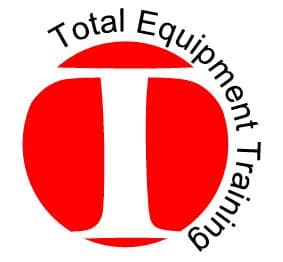
The Philadelphia Building Collapse
- Removing parts from lower floors before upper floors
- Failure to provide an engineering survey
- Failure to demolish from top-down
- Failure to provide hard hats with present hazards of head injury, fall protection PPE, fall arrest systems, and adequate fall hazard training.
- Failure to inspect and maintain stairs
Types of OSHA Violations
OSHA imposes penalties depending on the severity of violations. The Penalties (as of 2023 Annual Adjustments to OSHA Civil Penalties) are shown in the table below:
| Type of Violation | Minimum Penalty | Maximum Penalty |
| Serious | $ 1,116 per violation | $ 15,625 per violation |
| Other-Than Serious | $ 0 per violation | $ 15,625 per violation |
| Willful or Repeated | $ 10,360* per violation | $ 156,259per violation |
| Posting Requirements | $ 0 per violation | $ 15,625 per violation |
| Failure to Abate | N/A | $ 15,625 per day unabated beyond abatement date (30 days maximum) |
*For a repeated other-than-serious violation without an initial penalty, a GBP of $446 shall be proposed for the first repeated violation, $1,116 for the second, and $2,232 for a third repeated violation.
1. Serious Violation
A serious violation is incurred on the employer when they know an existing worksite hazard can result in death, but they do nothing to resolve it. Fines are levied according to the seriousness (or gravity) of the violation, and graded according to OSHA Gravity-based Penalties:
| Severity | Probability | GBP | Gravity | OIS Code |
| High | Greater | $ 15,625 | High | 10 |
| Medium | Greater | $ 13,394 | Moderate | 5 |
| Low | Greater | $ 11,162 | Moderate | 5 |
| High | Lesser | $ 11,162 | Moderate | 5 |
| Medium | Lesser | $ 8,929 | Moderate | 5 |
| Low | Lesser | $ 6,696 | Low | 1 |
*OIS – The Occupational Safety and Health Information System
GBP = Severity of Violation + Probability of Hazard Occurrence
| Employee Number | Percent Reduction |
| 10 or fewer | 80 |
| 11 to 20 | 60 |
| 21 to 30 | 50 |
| 31 to 40 | 40 |
| 41 to 50 | 30 |
| 51 to 100 | 20 |
| 101 to 250 | 10 |
| 251 or more | 0 |
4. Posting Requirements
When an employer receives an OSHA notice, he/she/they must post it at (or near) the location of the violation. This lets employees know of the specific hazard they may be exposed to.
The notice must remain for a minimum of 3 working days, or until the hazard is removed, whichever is longer.
5. Failure to Abate
The OSHA notice records the date by which a violation must be resolved. Failure to resolve by said date can incur a maximum penalty fee of $15,625 per day unabated.

